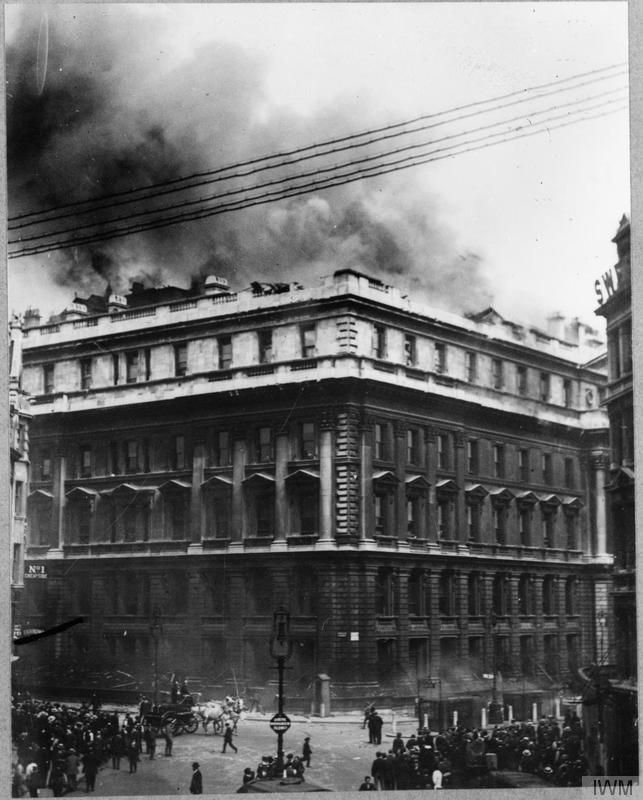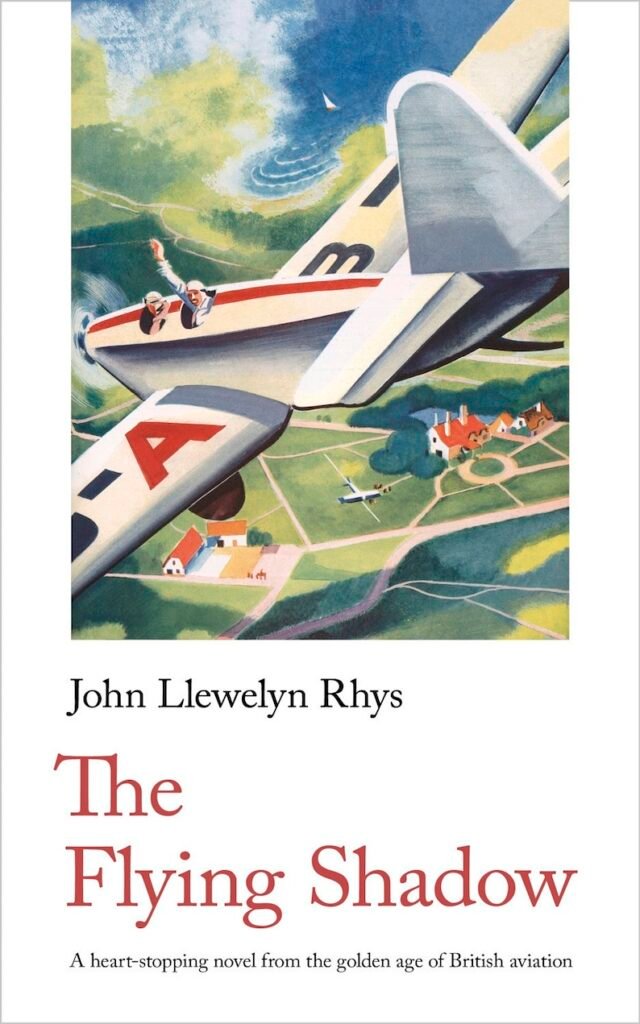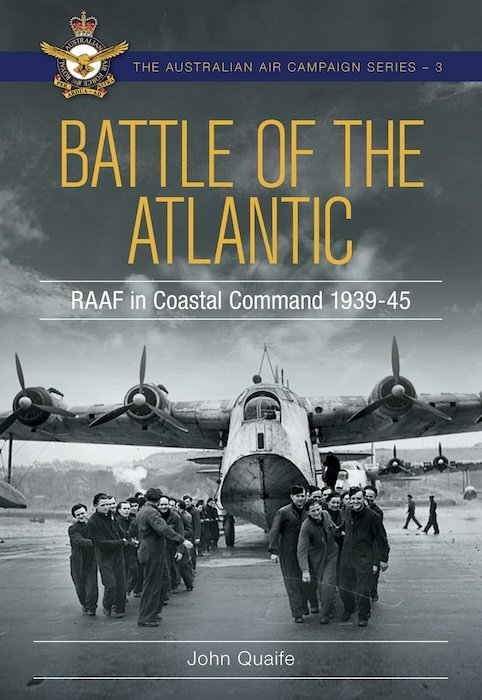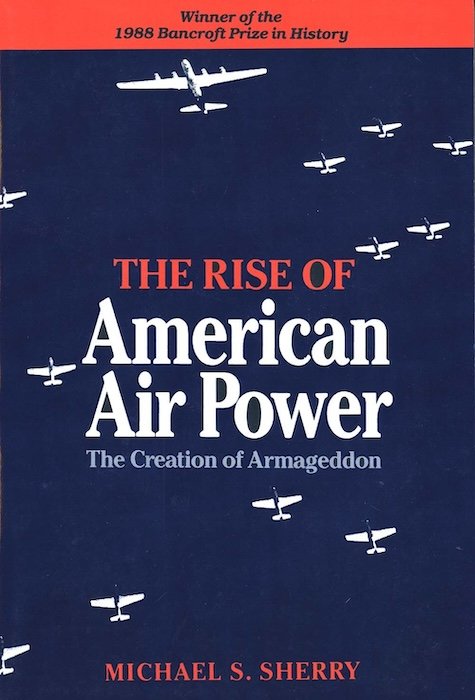First Blitz? – II
In my previous post, I discussed my concerns with the way sources are used in Neil Hanson’s First Blitz.1 Here I turn to the problem of strategy, which goes more to the argument of the book. Again there are two parts to this, one broad and one narrow. I’ll start with the broad. Hanson’s argument […]










